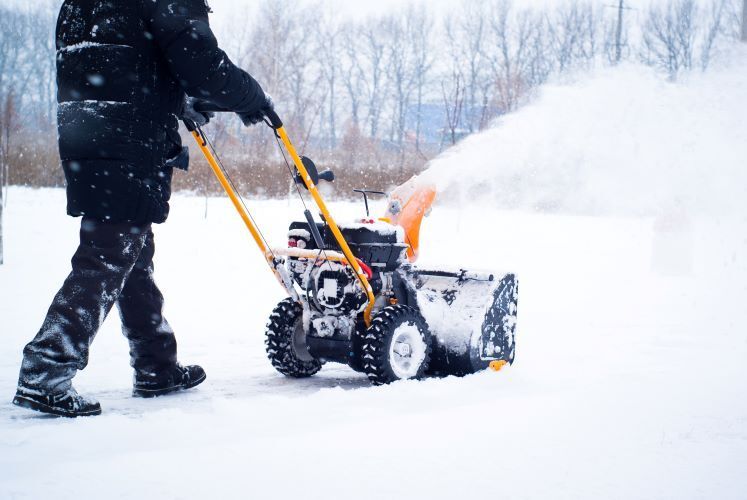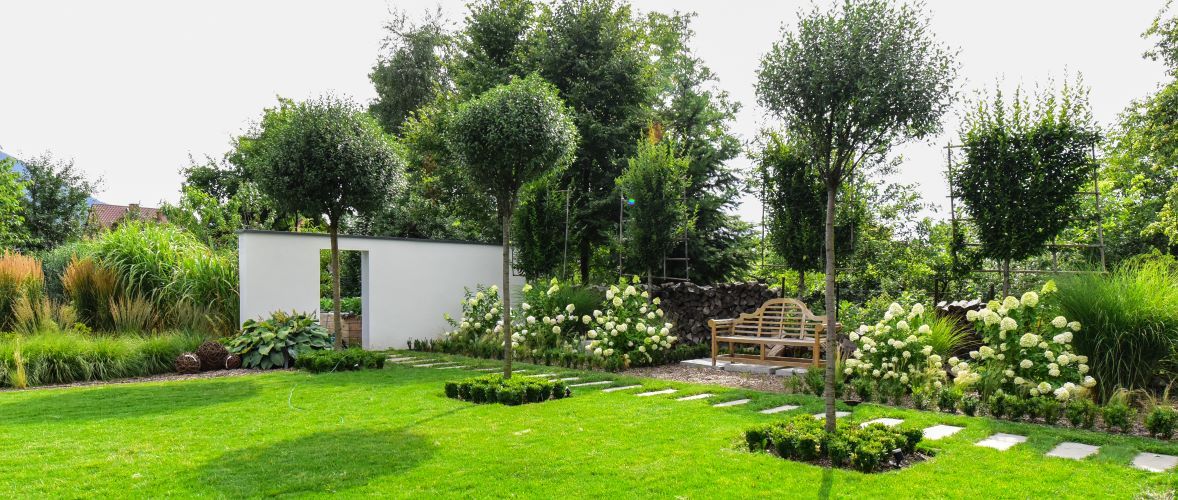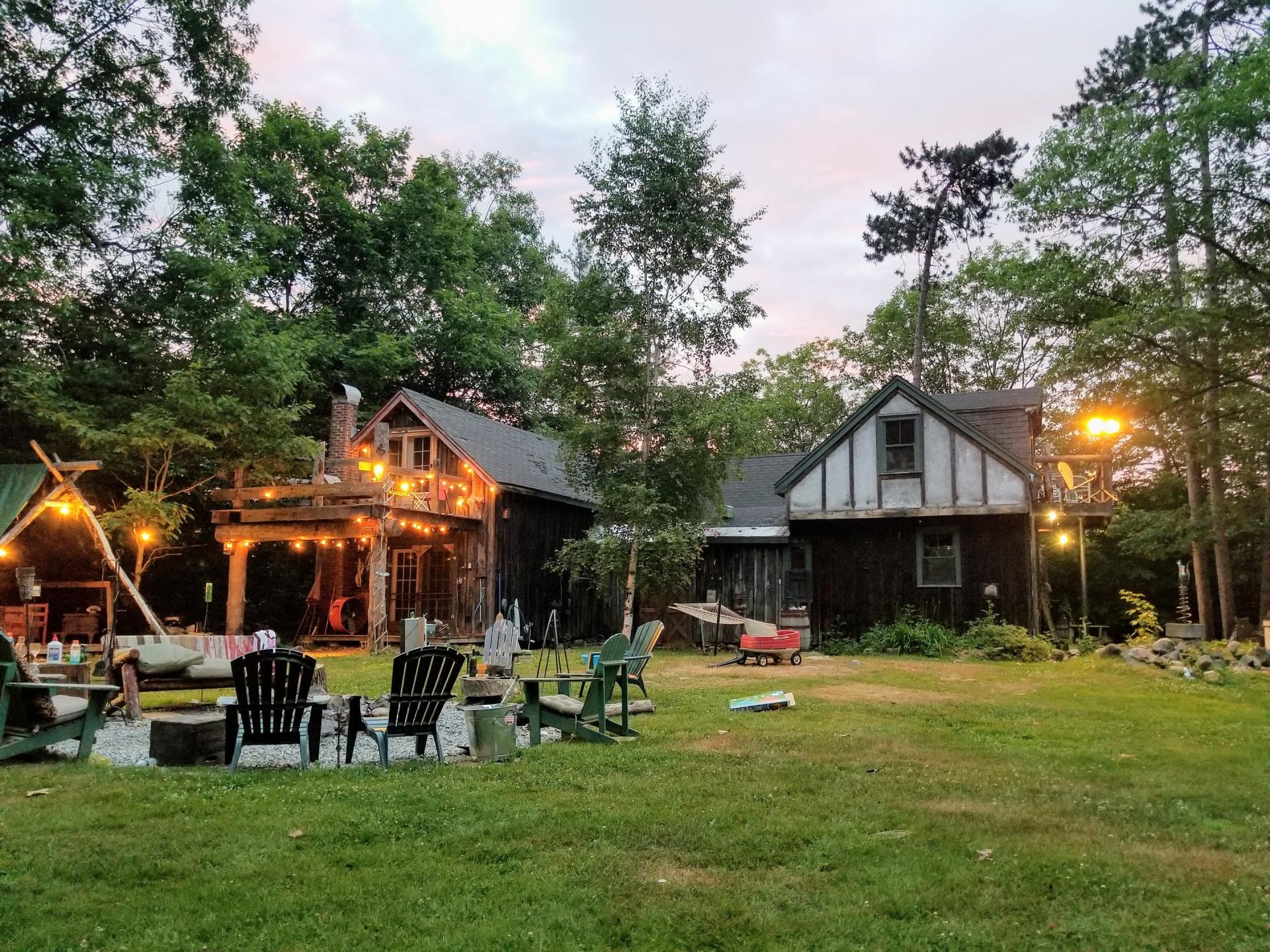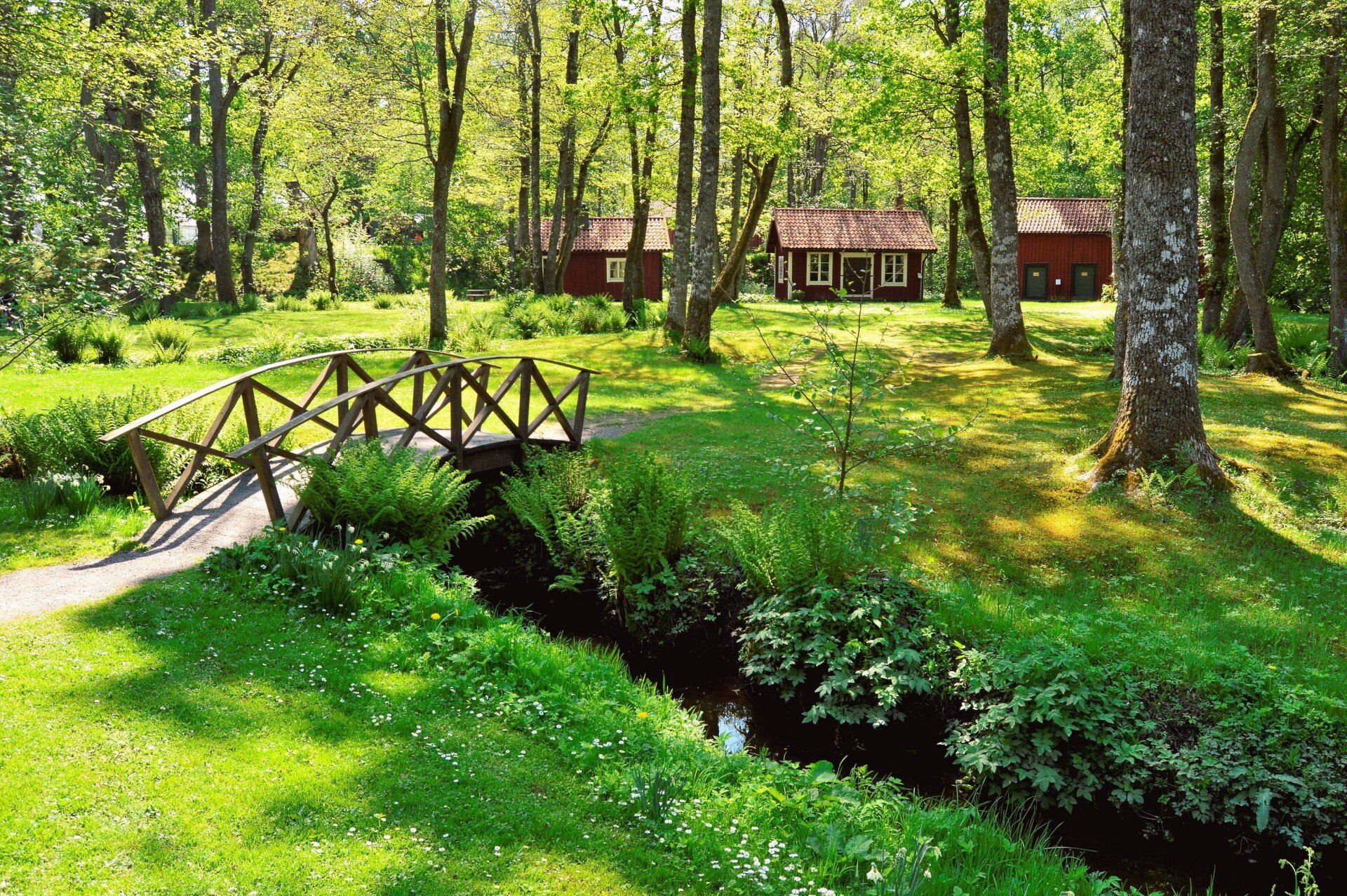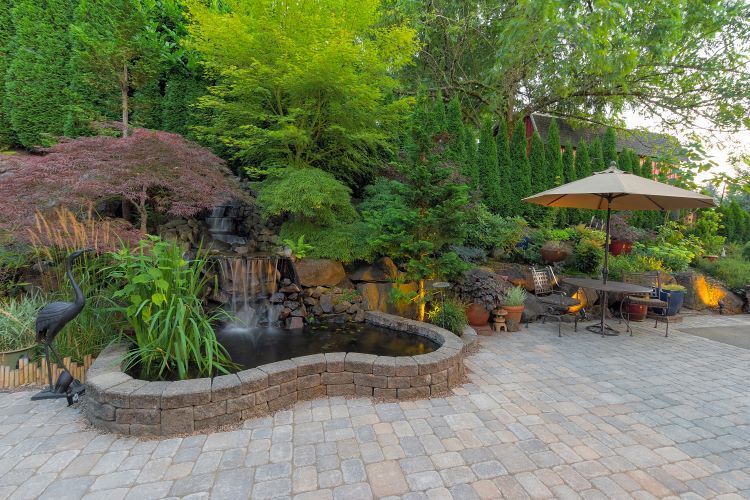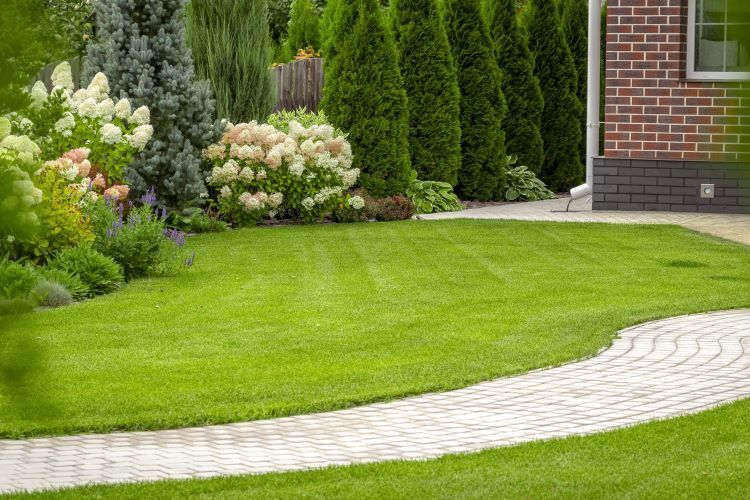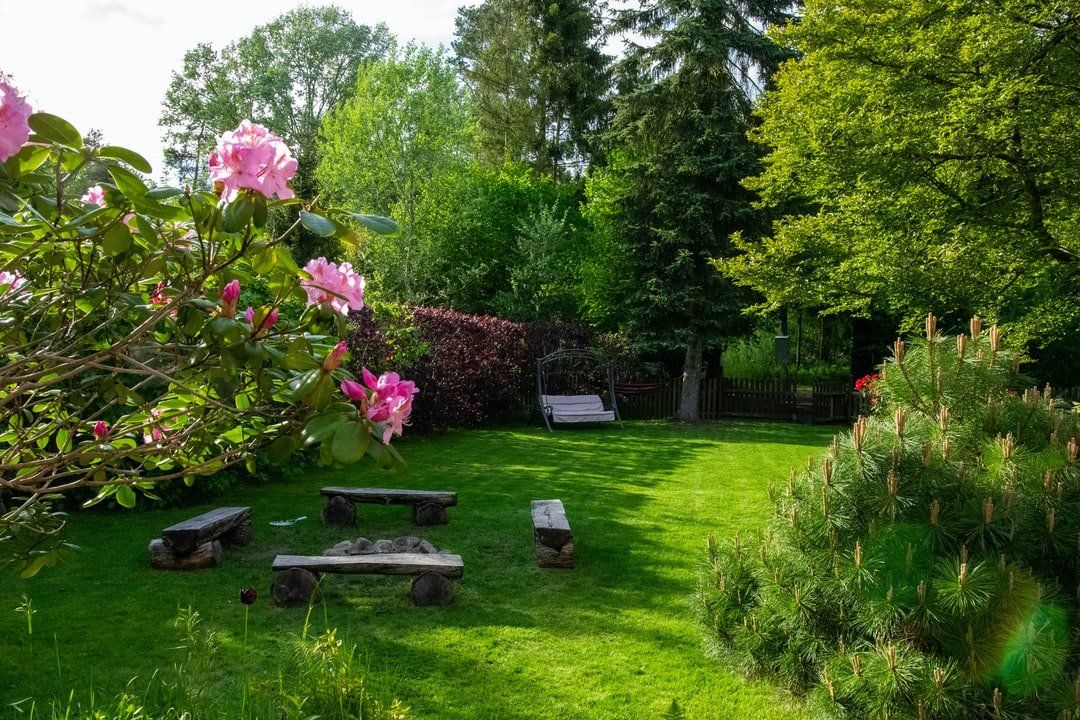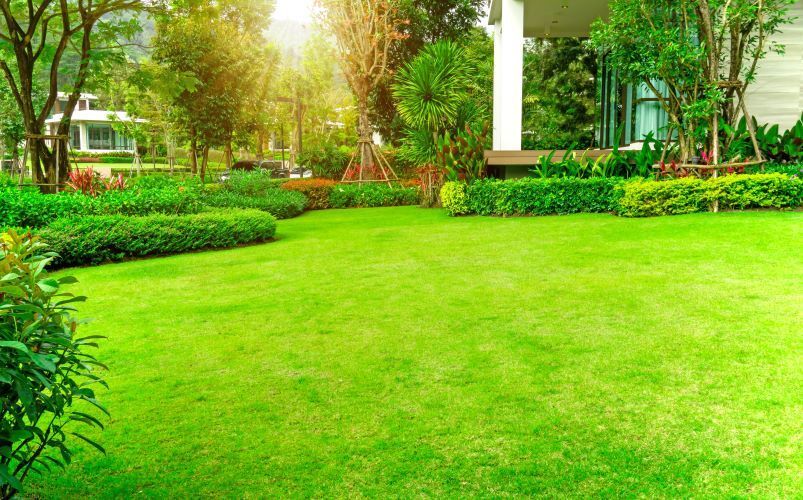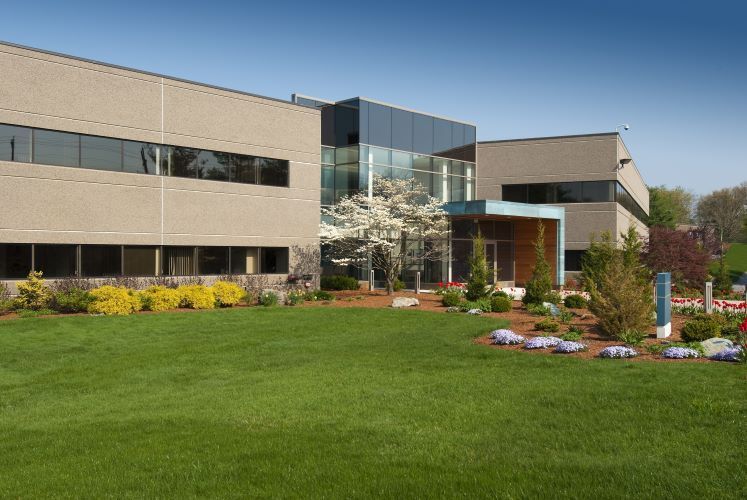Hardscaping vs. Softscaping: Finding the Perfect Balance
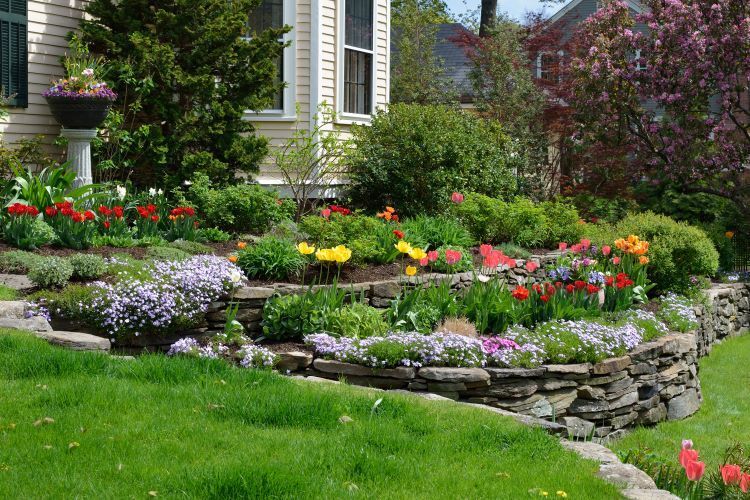
Creating a beautiful and functional landscape involves more than just planting flowers or laying down a stone path. The art of landscaping is about finding the perfect balance between hardscaping and softscaping. These two elements work together to create an outdoor space that is not only aesthetically pleasing but also practical and enjoyable year-round.
In Saskatoon, where the climate can be as challenging as it is beautiful, achieving this balance is particularly important. Whether you’re planning a new landscape design or looking to enhance your existing yard, understanding the roles of hardscaping and softscaping will help you make the most of your outdoor space.
What is Hardscaping?
Hardscaping refers to the non-living elements of your landscape. These include structures such as patios, walkways, retaining walls, and other features made from materials like stone, brick, concrete, and wood. Hardscaping provides the foundation and structure of your outdoor space, giving it form and function.
Benefits of Hardscaping:
- Durability: Hardscape elements are built to last, providing long-term stability and structure to your yard.
- Low Maintenance: Once installed, hardscaping requires minimal upkeep compared to softscaping, which needs regular care and attention.
- Functionality: Hardscaping creates usable outdoor spaces, like patios and paths, where you can entertain, relax, or simply enjoy your yard.
- Erosion Control: Retaining walls and other hardscape features help prevent soil erosion and manage water runoff, which is crucial in areas with variable weather conditions.
What is Softscaping?
Softscaping, on the other hand, includes the living components of your landscape. This involves plants, trees, shrubs, flowers, grass, and any other vegetation. Softscaping adds color, texture, and life to your yard, creating a natural, inviting environment.
Benefits of Softscaping:
- Aesthetic Appeal: Softscaping brings beauty and vibrancy to your landscape through the use of different plants, colors, and textures.
- Environmental Benefits: Plants improve air quality, support local wildlife, and help manage water runoff by absorbing rainwater.
- Seasonal Interest: With the right selection of plants, you can ensure your landscape remains attractive throughout the changing seasons, offering a variety of colors and textures year-round.
- Customization: Softscaping allows you to personalize your landscape with your favorite plants, flowers, and trees, reflecting your style and preferences.
Achieving the Perfect Balance
A well-designed landscape blends hardscaping and softscaping in a way that complements your home and meets your needs. Here are some tips to help you achieve the perfect balance:
- Start with a Plan: Begin by assessing your space and determining how you want to use it. Consider the areas where you need hardscaping for functionality and where softscaping can enhance beauty and comfort.
- Consider Proportions: Aim for a balance that suits your yard’s size and shape. In a smaller yard, too much hardscaping can make the space feel cramped, while too much softscaping in a larger area may look untamed. Strive for a harmonious blend that works with your space.
- Think About Maintenance: Hardscaping requires less maintenance, so it’s ideal for areas that need to be practical and low-maintenance. Use softscaping to add visual interest, but be mindful of the maintenance demands of different plants and choose those that suit your lifestyle.
- Use Hardscaping to Frame Softscaping: Hardscaping elements like retaining walls, garden edging, and pathways can frame and highlight your plants, creating a cohesive and organized look. This also makes it easier to define different areas within your yard.
- Incorporate Natural Elements: Use natural stone or wood in your hardscaping to create a seamless transition between the built environment and the natural one. This helps tie the elements together and creates a more organic look.
- Adapt to Saskatoon’s Climate: Choose plants that thrive in Saskatoon’s climate and design hardscape features that can withstand the region’s weather extremes. This will ensure your landscape remains beautiful and functional throughout the year.
Conclusion
In Saskatoon, where the changing seasons offer both challenges and opportunities, finding the right balance between hardscaping and softscaping is key to creating a landscape that you’ll love year after year. Whether you’re starting from scratch or enhancing an existing yard, a thoughtful mix of these elements will not only increase the beauty of your outdoor space but also its usability and value.
At Landscaping Saskatoon, we specialize in creating custom landscapes that blend hardscaping and softscaping to suit your specific needs. Whether you’re envisioning a cozy patio surrounded by lush greenery or a low-maintenance yard with just the right amount of color, we can help bring your dream landscape to life. Contact us today to start planning your perfect outdoor space!
